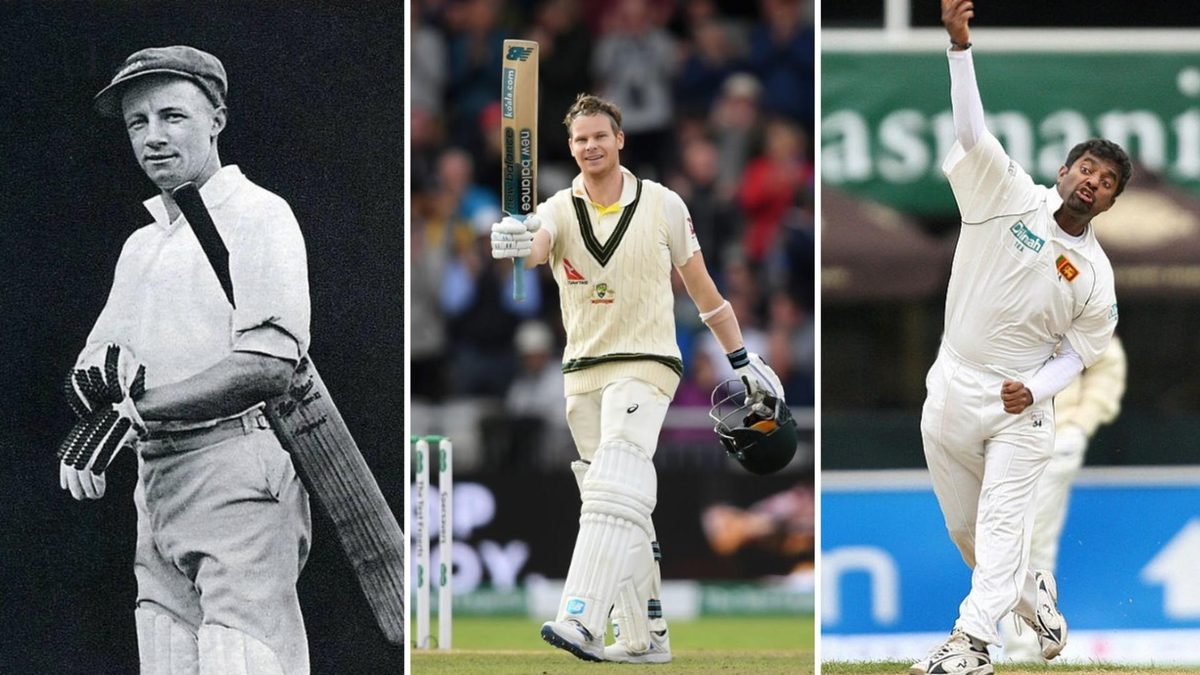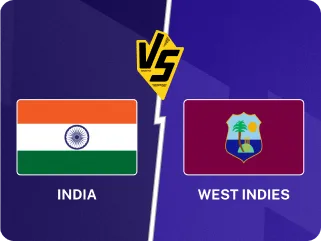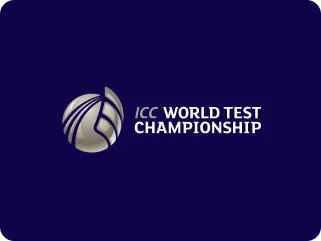
What would a World Test XI made up of players post-World War II look like, based on the ICC rankings?
The ICC player rating system was developed in 1987, with the intention of evaluating players better than simply comparing their averages. Player rating points are more weighted towards recent performances, and account for other factors such as opponent quality. The maximum possible rating for a player is 1000, and 900 is the general benchmark for elite-level players. All-rounder ratings are calculated by multiplying a player's batting and bowling ratings, and dividing that number by 1000.
The methodology was retrospectively applied to players active before it was developed, giving the ICC a historical repository of player performance. Based on the historical ratings, here's what a post-war World XI would look like.
Len Hutton
All-time batting ranking: 3rd (945 points)
79 Tests | 6,971 runs | Bat Avg: 56.67 | 19 centuries
One of the greatest openers in Test cricket, Hutton played either side of World War II, debuting in 1937. His knock of 364 against Australia in 1938 remained a world record for the highest individual score in Test cricket for nearly 20 years. Without the war, Hutton may well have gone on to play over 100 Test matches, and perhaps score over 10,000 runs.
Hutton's peak ICC rating came after his 70th Test, in which he scored 205 against the West Indies in 1954. All told, he played over 500 first-class matches and amassed 40,140 runs, with 129 centuries.
Matthew Hayden
All-time batting ranking: Joint-13th (935 points)
103 Tests | 8,625 runs | Bat Avg: 50.73 | 30 centuries
It is perhaps a measure of the difficulty of opening the batting in Test cricket, when the next-best opener post-War is ranked outside the top ten of all time. Hayden debuted for Australia in 1994, but did not get a consistent run in the side until three years later. In 2003, his 380 against Zimbabwe was the highest individual score in Test history – until Brian Lara reclaimed that record barely six months later.
His peak rating of 935 points came in 2002, following twin tons (197 & 103) at the Gabba against England. His batting average was 53.7 after that match, and went as high as 58.97 in 2004, before settling down closer to 50.
Don Bradman
All-time batting ranking: 1st (961 points)
52 Tests | 6,996 runs | Bat Avg: 99.94 | 29 centuries
No surprises here – arguably the best batter of all time, the only thing that could ever have kept Bradman out of this team was not being active post-war. His peak rating of 961 points is the highest ever achieved by a bowler or batter, and remarkably, this came twice. The first instance was pre-war, in August 1934 and the second post-war, 14 years later.
Between January 1937 and the end of his career in 1948, Bradman's ICC rating never dropped below 900 points, and only fleetingly dipped below 950.
Ricky Ponting
All-time batting ranking: 4th (942 points)
168 Tests | 13,378 runs | Bat Avg: 51.85 | 41 centuries
He's shifted slightly out of position in this XI, but former Aussie skipper Ponting achieved the fourth-highest Test batting rating of all time after knocks of 142 and 49 during the 2006 Ashes. At his best, he was as good as anyone, but Ponting's late-career dip is well-documented. His batting average after these knocks hit an incredible 59.99, but by the time he retired in 2012, that had dipped sharply to 51.85.
In terms of rating points, Ponting went from 942 to below 900 less than 13 months later. He tipped just back above that mark in May 2008, but from then on, the rating plummeted. At the time of retirement, he was rated at a mere 620.
Steve Smith
All-time batting ranking: 2nd (947 points)
119 Tests | 10,477 runs | Bat Avg: 56.02 | 36 centuries
On the evidence of the ICC rankings alone, Smith is the second-best Test batter of all time behind Bradman. Indeed, it might not be a stretch to say that even otherwise. His 774-run series in the 2019 Ashes is the stuff of legend, but Smith's rankings peak came roughly 18 months earlier, during the 2017 Ashes. He came close in 2019 though, getting as high as 937 points.
Smith had a wobble in form in the early 2020s, during which time he also briefly moved from No.4 to opening the innings. In March last year, his rating went below 800 for the first time in over nine years. He has since managed to pull it back up, and is currently rated at 816.
Garry Sobers
All-time all-rounder ranking: 1st (669 points)
93 Tests | 8,032 runs | Bat Avg: 57.78 | 26 centuries
235 wickets | Bowl Avg: 34.03 | 6 5WI
There really was very little competition for the all-rounder spot. Only three players have ever been rated higher than 600 as an all-rounder, with the two aside from Sobers being Jacques Kallis and Ian Botham.
Read more: No Kapil, No Hadlee: The top ten all-rounders of all time in the ICC Test rankings
In January 1967, Sobers scored 70 and returned match figures of 7-98 against India. That was his all-round peak (669 points), according to the ICC ratings. At the time, his batting rating was 936 and bowling rating 715. For the contemporary mind, that is a batter close to Steve Smith's best version, and a bowler of Jayden Seales's current level, in the same player at the same time. In Sobers's case, the numbers tell quite a lot of the story.
AB de Villiers (wk)
All-time batting ranking: Joint-13th (935 points)
114 Tests | 8,765 runs | Bat Avg: 50.66 | 22 centuries
Wicketkeeper is a tricky position to choose, by the ICC ratings. Clyde Walcott and Kumar Sangakkara both kept in Test cricket, and achieved higher batting ratings (938) than AB de Villiers. But de Villiers is the highest-rated batter who achieved his peak while wicketkeeping. The other two both did so during periods of their careers when they were not.
De Villiers is a modern-day great, perhaps more so in the T20 format, but his Test CV is no less glittering. For over three years between December 2012 and January 2016, he maintained a rating of over 800 points. Only 2,067 (under a quarter) of his Test runs came when he kept, but they were scored at an average of 57.41, the highest for any player, with a 1,000-run cut-off.
Imran Khan
All-time bowling ranking: 3rd (922 points)
88 Tests | 362 wickets | Bowl Avg: 22.81 | 23 5WI
3,807 runs | Bat Avg: 37.69 | 6 centuries
A bonafide legend of the game, Imran is the best-rated Test bowler post-war (Sydney Barnes and George Lohmann are the only two ever, above him). A match haul of 5-106 against India in 1983 lifted him to the mark of 922 rating points. As it happened, that was the last time Imran was rated above 900.
Of course, he was no shabby bat either, averaging nearly 38 across 88 Tests. Imran was also the sixth-highest rated all-rounder of all time. The last 20 Tests of his career saw his bowling average drift upwards from 21.95 to 22.81, but his batting average shot up from 32 to 37.69.
Pat Cummins
All-time bowling ranking: Joint-5th (914 points)
71 Tests | 309 wickets | Bowl Avg: 22.10 | 14 5WI
Cummins is another player who can bat a bit, but of course makes this team on his bowling alone. Debuting in 2011, but having to wait over five years for his next Test, Cummins's ascent was rapid. After his second Test, his rating was a measly 148. Twelve matches later, he hit 800 for the first time and eight Tests after that, he broke through the 900-barrier to record his peak bowling ranking during the 2019 Ashes.
He hovered around 900 until early 2022, but since then Cummins's rating has remained relatively steady closer to the 800-point mark (he dipped below it briefly in 2023). Currently the world No.4 with 838 points, he may still have time to hit those heights again.
Glenn McGrath
All-time bowling ranking: Joint-5th (914 points)
124 Tests | 563 wickets | Bowl Avg: 21.64 | 29 5WI
McGrath's mantra was consistency, and he embodied it. In December 1996, McGrath crossed the 800-rating mark for the first time, going from 756 to 820 after taking 7-118 against the West Indies. From then, until his final Test in January 2007, McGrath never dropped below that mark – over a decade of sustained excellence.
Within that period, between March 2001 and December 2002, McGrath almost continuously maintained a rating of 900 or more, only twice slipping to 899 in between.
Muthiah Muralidaran
All-time bowling ranking: 4th (920 points)
133 Tests | 800 wickets | Bowl Avg: 22.72 | 67 5WI
The wickets and five-fors are perhaps what leap out first in Muralidaran's record – he is well clear of anyone else in the world on those counts. But Imran was the only post-war bowler to ever achieve a higher rating.
The most impressive aspect of Muralidaran's record is how late this peak came. He made his debut in 1992, and his peak of 920 points came in July 2007, even as he was beginning to wind down. It was 113 Tests into his 133-Test career when he took 12-82 against Bangladesh to do so. Between July 2000 and August 2009, he remained rated above 800 and was at 772 when he retired.
Follow Wisden for all cricket updates, including live scores, match stats, quizzes and more. Stay up to date with the latest cricket news, player updates, team standings, match highlights, video analysis and live match odds.








